10 Best Herbal Linctuses For Flu

Herbal linctuses are traditional remedies used to alleviate symptoms of flu, particularly coughing and throat irritation.
These formulations typically contain natural ingredients such as licorice root, eucalyptus, and thyme, which have expectorant and anti-inflammatory properties. They work by soothing the throat and loosening mucus, making it easier to expel. Unlike conventional cough medicines, herbal linctuses are often considered safer for long-term use and may be preferred by those seeking natural alternatives.
However, it is important to consult a healthcare professional before use, especially for children or individuals with existing health conditions.
FREE Herb Drying Checklist
How to make sure every batch retains maximum flavor, color, and aroma without the risk of mold or over-drying. Eliminate guesswork and trial-and-error, making herb drying faster, easier, and more efficient every time.
Table of Contents
1. Zingiber officinale
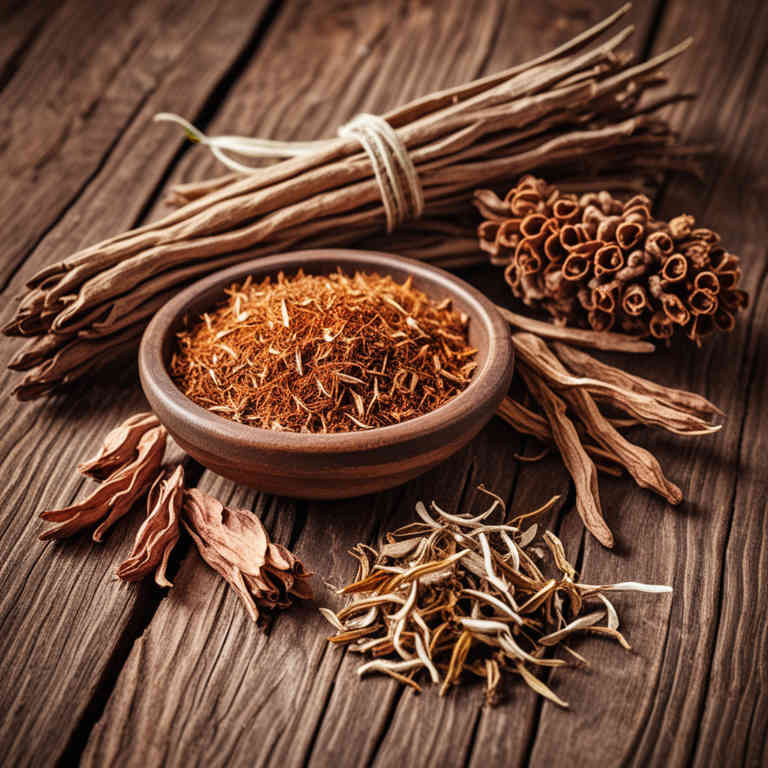
Zingiber officinale, commonly known as ginger, has been traditionally used for its medicinal properties, including its potential benefits in alleviating flu symptoms.
Ginger linctuses, which are herbal syrups containing concentrated ginger extract, are often used to soothe sore throats and reduce coughing associated with the flu. The active compounds in ginger, such as gingerol and shogaol, possess anti-inflammatory and antiviral properties that may help in reducing the severity of flu symptoms. These linctuses are typically prepared with honey or other natural sweeteners to improve taste and enhance their soothing effects.
While ginger linctuses are generally considered safe for most adults, it is advisable to consult a healthcare professional before use, especially for children or individuals with specific health conditions.
2. Foeniculum vulgare
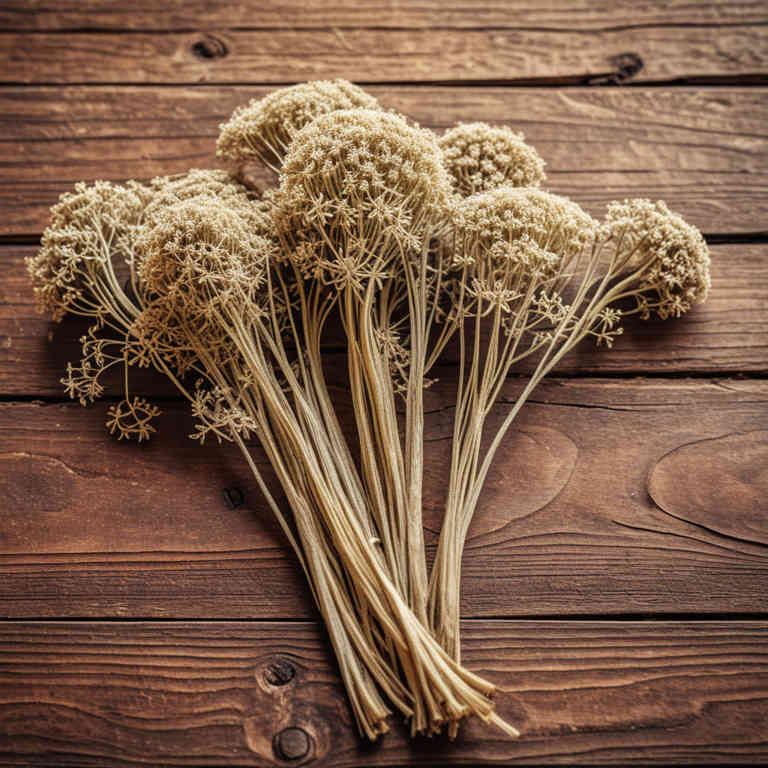
Foeniculum vulgare, commonly known as fennel, is often used in herbal linctuses to alleviate symptoms of the flu.
These linctuses typically contain fennel seeds, which are valued for their expectorant and antispasmodic properties. The essential oils in fennel, such as anethol and fenchone, help to loosen mucus and soothe irritated throats. Herbal linctuses made with fennel are particularly effective in reducing coughing and easing congestion associated with respiratory infections.
However, they should be used with caution, especially in children and individuals with allergies to related plants.
3. Eucalyptus globulus

Eucalyptus globulus, commonly known as eucalyptus, is a widely used herb in the formulation of herbal linctuses for relieving flu symptoms.
These linctuses typically contain eucalyptus oil, which has expectorant and decongestant properties that help loosen mucus and clear nasal passages. The aromatic compounds in eucalyptus globulus can also provide a soothing effect, easing coughing and reducing throat irritation. When used as a natural remedy, these linctuses offer a gentle alternative to over-the-counter medications for those seeking relief from cold and flu symptoms.
However, it is important to consult a healthcare professional before using them, especially for children or individuals with known allergies.
4. Mentha piperita
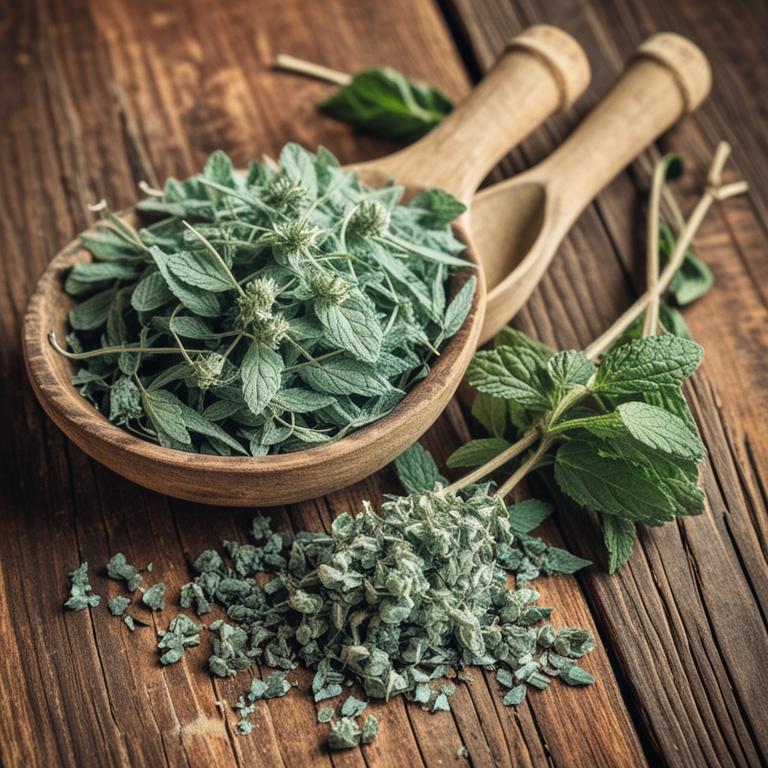
Mentha piperita, commonly known as peppermint, is often used in herbal linctuses to alleviate symptoms of the flu.
These linctuses typically contain a combination of peppermint oil and other soothing ingredients like honey or glycerin, which help to ease coughing and soothe irritated throats. The menthol in peppermint has a cooling effect that can reduce the sensation of congestion and provide a refreshing relief. While not a cure for the flu, peppermint linctuses can be a natural and effective complementary treatment for symptom management.
They are generally considered safe for adults and children over a certain age, though it's always advisable to consult a healthcare professional before use.
5. Thymus vulgaris
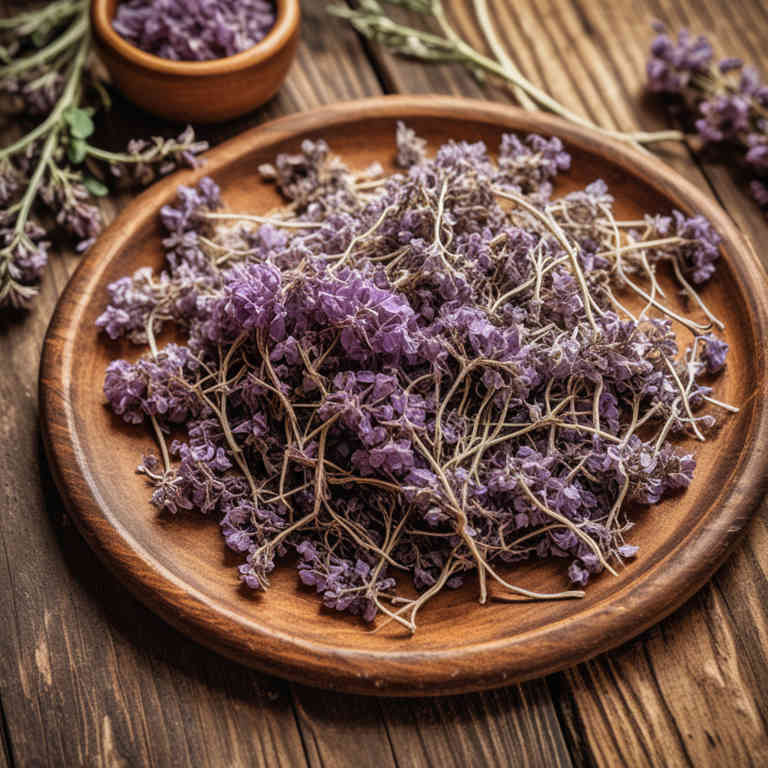
Thymus vulgaris, commonly known as thyme, is a traditional herbal remedy often used in the form of linctuses to alleviate symptoms of the flu.
These linctuses typically contain thyme essential oil, which is known for its antimicrobial and expectorant properties. Thyme helps to reduce coughing by loosening mucus in the airways and may also have a soothing effect on the throat. The warming and aromatic qualities of thyme can provide relief from congestion and support the body's natural defenses against viral infections.
As a complementary therapy, thymus vulgaris linctuses are often recommended for their natural and gentle approach to flu-related respiratory discomfort.
6. Glycyrrhiza glabra
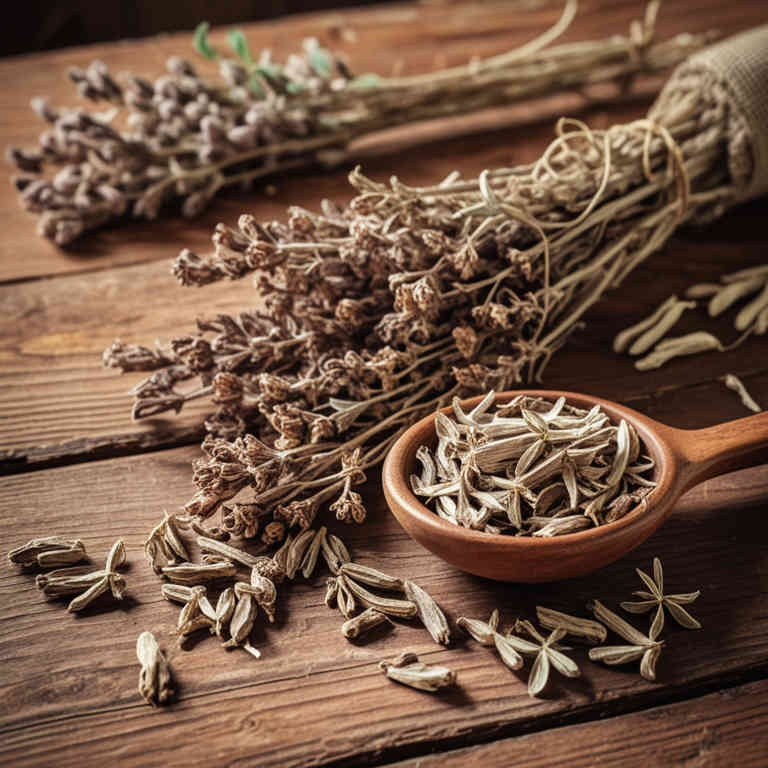
Glycyrrhiza glabra, commonly known as licorice root, has been traditionally used in herbal medicine for its soothing properties, making it a key ingredient in linctuses for alleviating flu symptoms.
The root contains compounds like glycyrrhizin, which exhibit anti-inflammatory and antiviral effects, helping to reduce throat irritation and coughing associated with the flu. Licorice-based linctuses are often formulated with other soothing ingredients such as honey or marshmallow root to enhance their effectiveness. These herbal remedies are typically recommended for their mild and natural approach to symptom relief, though they should be used with caution due to potential side effects like increased blood pressure.
Despite their traditional use, it is advisable to consult a healthcare professional before using licorice linctuses, especially for prolonged periods or in individuals with certain medical conditions.
7. Rosmarinus officinalis

Rosmarinus officinalis, commonly known as rosemary, is a fragrant herb that has been traditionally used for its medicinal properties, including its potential benefits in alleviating symptoms of the flu.
Rosemary herbal linctuses are formulated to provide soothing relief for coughs and sore throats associated with flu symptoms, often containing extracts of the herb combined with other natural ingredients. These linctuses are typically made using steam distillation or other methods to preserve the active compounds of rosemary, such as cineole and camphor, which have expectorant and anti-inflammatory effects. The aromatic properties of rosemary may also help to clear nasal passages and ease breathing, making it a popular choice in natural remedies for respiratory discomfort.
While rosemary linctuses are not a cure for the flu, they can support the body's recovery process by reducing irritation and promoting easier breathing.
8. Piper nigrum
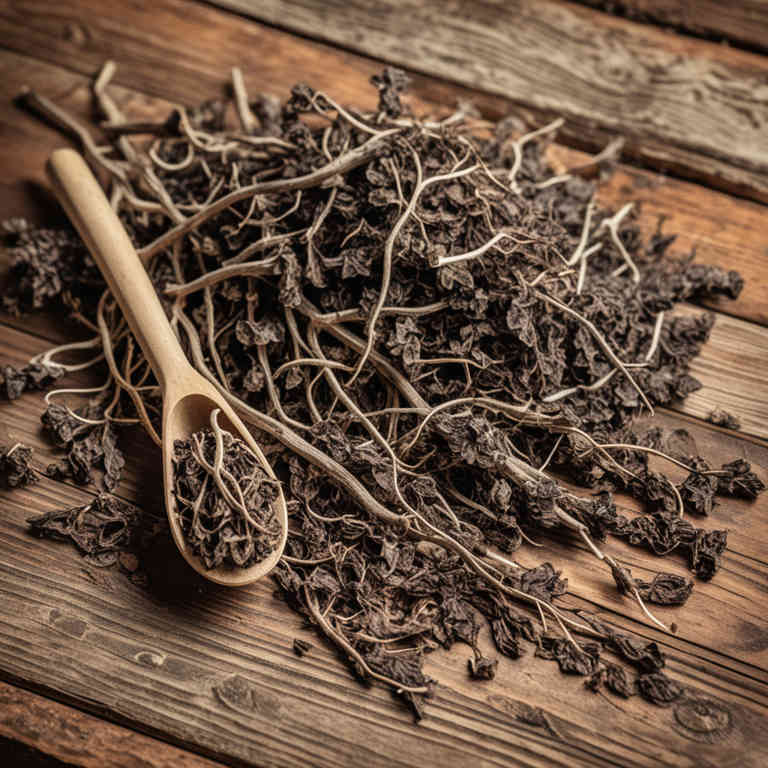
Piper nigrum, commonly known as black pepper, is an herbal remedy that has been traditionally used for its medicinal properties, including its potential role in alleviating symptoms of the flu.
The active compound in black pepper, piperine, is believed to enhance the absorption of other nutrients and may have anti-inflammatory and antimicrobial effects. While there is limited scientific evidence directly supporting its use as a linctus for flu, some herbal formulations combine black pepper with other expectorants to help loosen mucus and ease coughing. However, it is important to consult a healthcare professional before using any herbal linctus, as it may interact with other medications or have side effects.
Despite its traditional use, more research is needed to fully understand its efficacy and safety in treating flu symptoms.
9. Cinnamomum zeylanicum

Cinnamomum zeylanicum, commonly known as cinnamon, is often used in herbal linctuses to alleviate symptoms of the flu.
These linctuses typically combine cinnamon with other soothing ingredients like honey, ginger, and eucalyptus to create a warm, aromatic remedy. The essential oils in cinnamon have antimicrobial and anti-inflammatory properties that may help reduce throat irritation and ease coughing. When used as a linctus, cinnamon can provide temporary relief from respiratory discomfort associated with flu symptoms.
However, it is important to consult a healthcare professional before using herbal remedies, especially for children or individuals with underlying health conditions.
10. Vitex agnus-castus
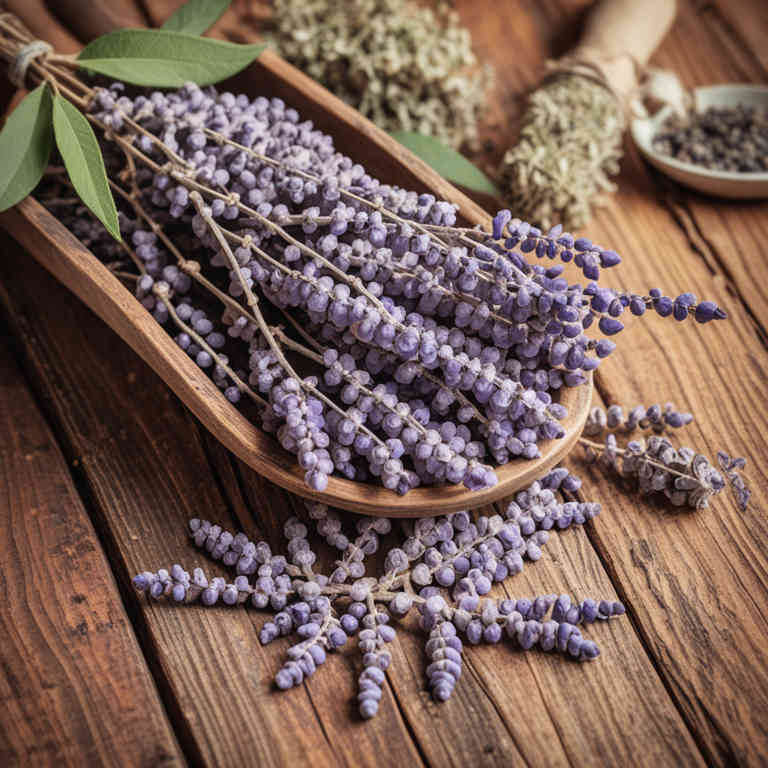
Vitex agnus-castus, commonly known as chaste tree, has been traditionally used in herbal medicine for its potential benefits in supporting respiratory health.
While it is not classified as a linctus, some herbal formulations may incorporate vitex agnus-castus to help alleviate symptoms associated with flu, such as coughing and congestion. The herb is believed to have mild antiviral and anti-inflammatory properties that may aid in reducing throat irritation and soothing respiratory discomfort. However, it is important to note that vitex agnus-castus should not replace conventional flu treatments and should be used under the guidance of a healthcare professional.
As with any herbal remedy, individual responses can vary, and potential interactions with other medications should be considered.